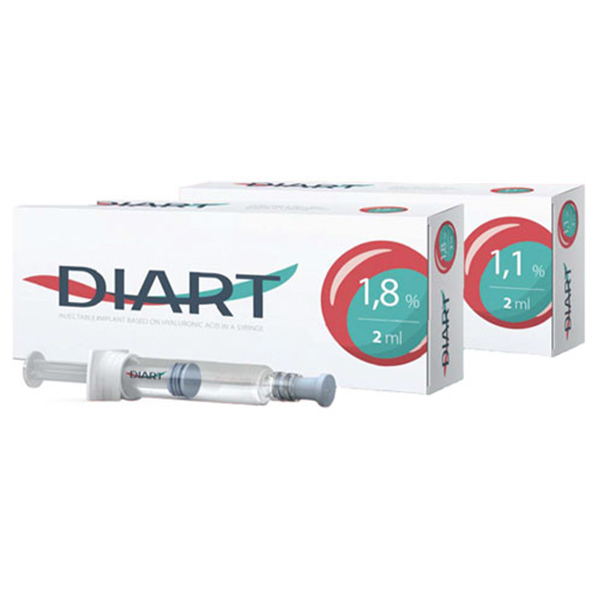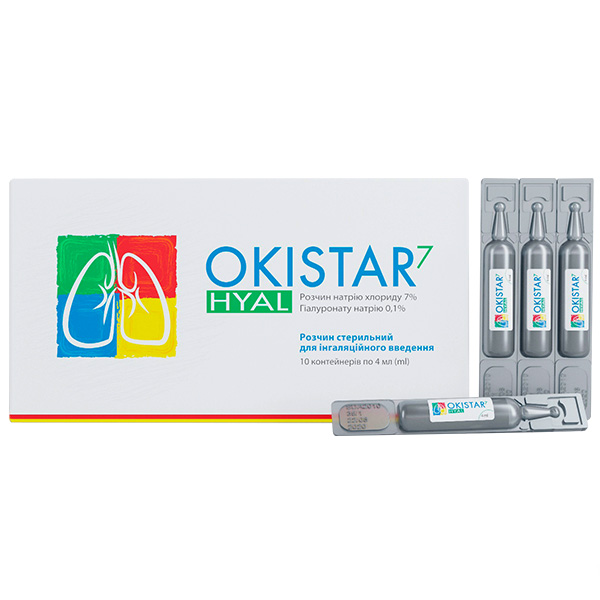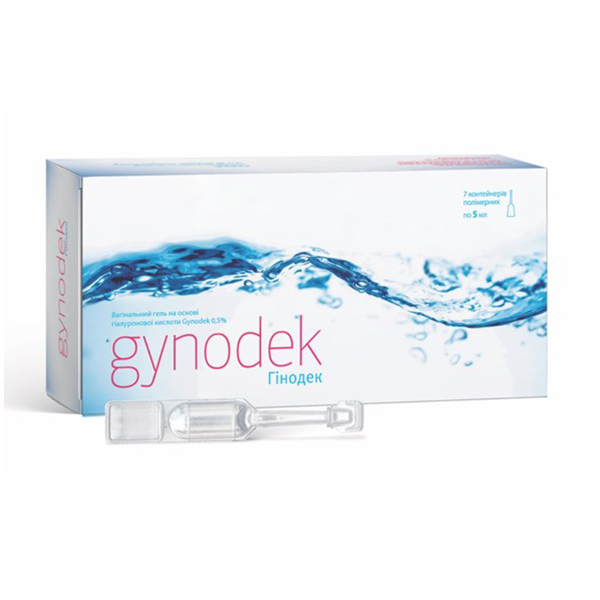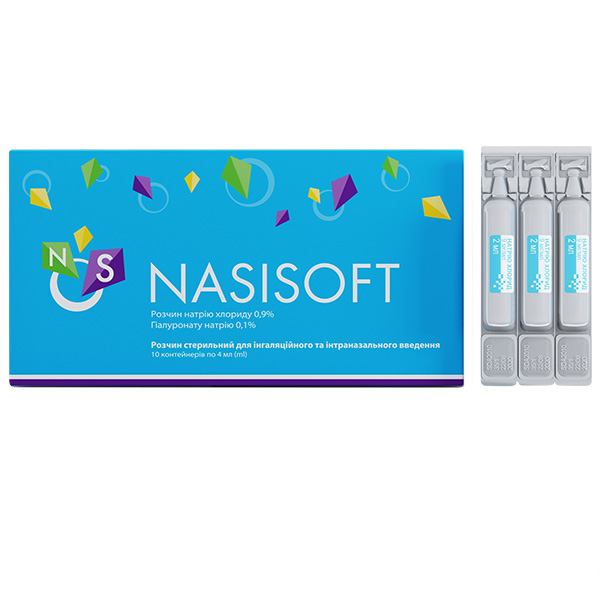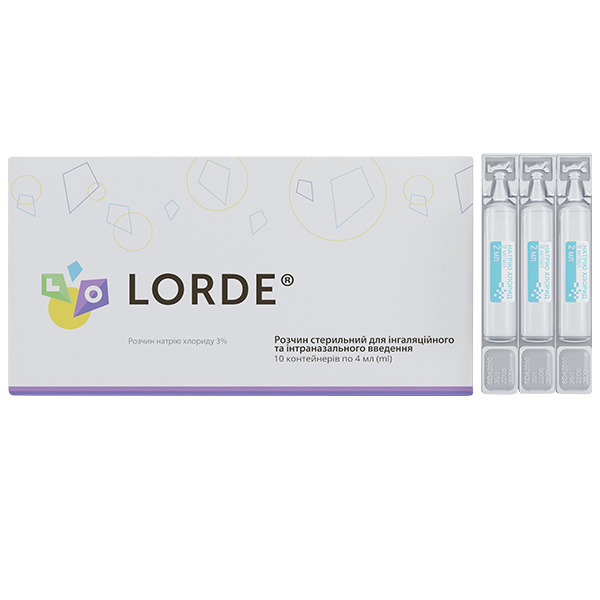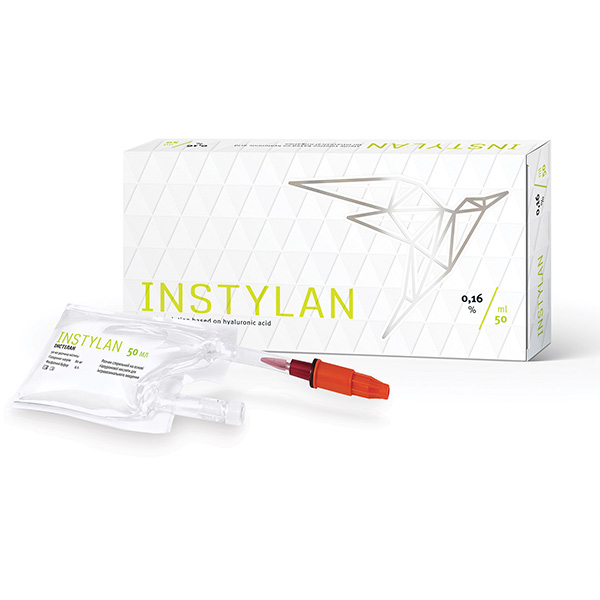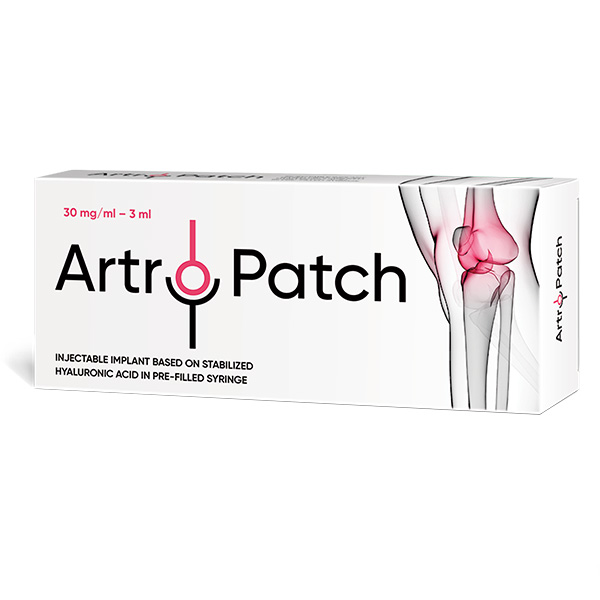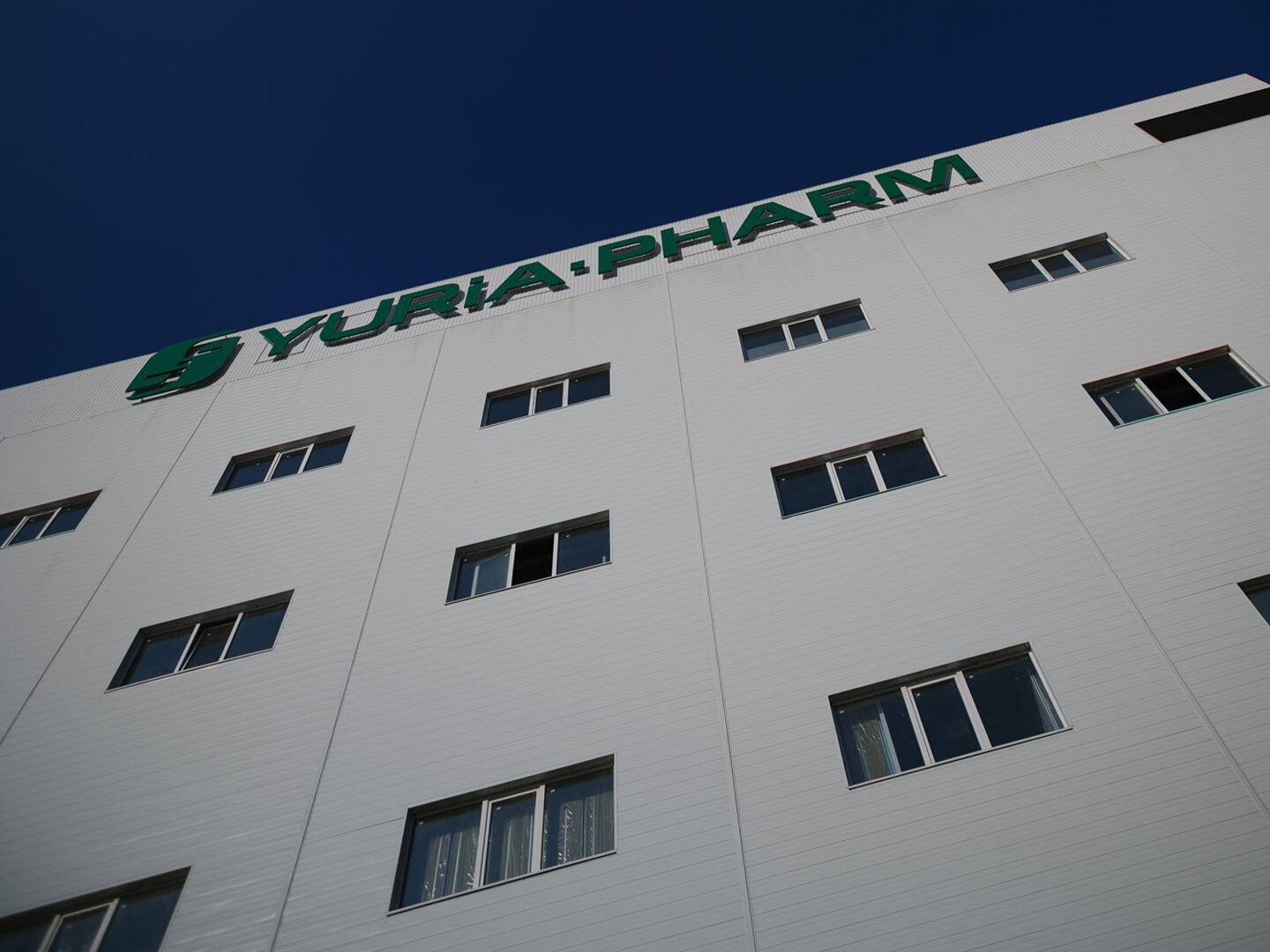Diart
DIART – for intra-articular administration, treatment of osteoarthritis.
- Unique course of three consecutive intra-articular injections (1.8 % 2 ml) ensures robust clinical efficacy for up to 1 year.
- DIART 1.8 % 2 ml and 1.1 % 2 ml are ready-to-use medical devices, manufactured in special pre-filled glass syringes.
How supplied
1.1 % and 1.8 % solution in pre-filled 1 ml and 2 ml syringes with needles for intra-articular administration.
How supplied
Sales markets
Tajikistan, Kenya, Turkey, Ukraine, Uzbekistan, EU.
Instruction
INSTRUCTIONS FOR USE
of medical device
Injectable implant based on hyaluronic acid
DIART
Composition
Injectable implant based on hyaluronic acid, 1.1 %, 1 ml, contains:
- Sodium hyaluronate – 0 mg
- Succinate buffer pH 7.4 – up to 1.0 ml
Injectable implant based on hyaluronic acid, 1.1 %, 2 ml, contains:
- Sodium hyaluronate – 0 mg
- Succinate buffer pH 7.4 – up to 2.0 ml
Injectable implant based on hyaluronic acid, 1.8 %, 1 ml, contains:
- Sodium hyaluronate – 0 mg
- Succinate buffer pH 7.4 – up to 1.0 ml
Injectable implant based on hyaluronic acid, 1.8 %, 2 ml, contains:
- Sodium hyaluronate – 0 mg
- Succinate buffer pH 7.4 – up to 2.0 ml
Contents of packaging
Injectable implant based on hyaluronic acid DIART in a pre-filled syringe with two needles.
Description
Hyaluronic acid is a natural polysaccharide (glycosaminoglycan) which is an important structural element of the connective tissue of the skin and synovial fluid.
DIART is a colorless, clear, elastic gel of non-stabilized hyaluronic acid of non-animal origin. Gel is sterile, pyrogen-free, with physiological pH.
Mode of action
DIART is a biologically compatible injectable long-acting implant with viscoelastic properties, acting as a buffer; the liquid that restores mobility of joints.
Indications
Temporary replacement of synovial fluid in synovial fluid deficiency in the knee joint, caused by injuries or degenerative diseases, such as osteoarthritis.
Contraindications
- Hypersensitivity to any component of medical device.
- Dysfunction of blood coagulation.
- Age under 18 years.
Method of use
DIART should be administered only by healthcare professionals with an experience in injecting the implants. Before the procedure, a physician should become familiar with the medical history of the patient and inform her/him about the projected therapeutic outcomes and possible undesirable effects.
The physician should attach the label with the product data (batch number and expiry date) to the Medical Record of the patient undergoing the procedure.
During intra-articular injections, the physician should strictly follow the aseptic technique.
It is recommended to inject the implant using the needles that are in the pack. If the needle passage is impaired and injection of the implant is complicated, stop the procedure and replace the needle.
If applicable, intra-articular injection is recommended to be US-guided.
DIART should be injected into the affected joint at the dose of 1–2 ml depending on the size of the joint. Treatment course consists of 3 injections into one joint at 1-week intervals. If required, a repeated course may be administered.
Adverse reactions
Hypersensitivity reactions, pulsing sensation in the joints, myalgia. Local reactions: flushing, edema, bruising, itching, minor pain in the injection site. Individual reactions caused by the invasive procedure are possible such as dizziness, nausea, headache, gastric disturbance, limited joint movement. These undesirable effects are temporary and usually resolve within a few hours after the injection.
Joint infections and septic arthritis may occur in case of a non-compliance with aseptic conditions during the procedure.
Due to the injection of the medical device in the presence of inflammatory process and inflammation of the synovial membrane of the joint, there may be increased pain, the development of aseptic inflammation or exacerbation of symptoms of exudative inflammation of the synovial membrane.
When the medical device is injected into the meniscus, fat body, intra-articular ligaments, acute pain or significant exacerbation of the pain syndrome may be observed.
In the event of any adverse reactions, the use of the medical device should be discontinued immediately and the physician and the manufacturer should be informed.
Limitations, precautions and warnings
- No clinical data is available regarding the tolerance of DIART by pregnant or breastfeeding women, thus DIART should not be used in women who are pregnant or breastfeeding.
- Do not use with other routes of administration, except for intra-articular.
- Within a week before the procedure, the patients should not to take medicines that may affect blood clotting function (e.g., acetylsalicylic acid, anticoagulants). This may cause hemorrhagic complications during the procedure. When necessary, for example, if the patient is treated with medicines of such type, a doctor should be consulted.
- Injection of the medical device in the areas of the nerves and their plexuses requires extreme caution. Impaired technique of implant injection in these areas may result in traumatic injury to the peripheral nerves, increased pain syndrome, sensory impairment, and the development of paralysis in the appropriate regions of innervation.
- Avoid injection of the medical device into the tenosinovial membranes of the peroneal, tibial or other adjacent muscles, which may lead to increased pain syndrome, motor disorders of the damaged joint and adjacent joints of the leg.
- It is recommended to avoid any excessive physical exercise on the joints within 48 hours after procedure (such as playing tennis, jumping, football, etc.).
- The injection site should not be exposed to intense heating or cooling during the first 48 hours after injection.
- To prevent skin itching, the use of alcohol-free disinfectants is recommended.
- The syringe, needles and the residues of unused medical device are to be disposed immediately after the procedure.
- Do not mix with other devices.
- Prior to application, verify the package integrity and check its shelf life. Do not use the device after the expiration date or if the package integrity is damaged.
- For single use only. Repeated use can lead to infection. Do not re-use.
- DIART is NOT the subject to resterilization.
Note: this medical device should be only used by the experienced staff at the designated clinics and in accordance with the current regulations.
Incompatibilities
Injectable implants DIART should not be co-administered with quaternary ammonium salts (benzalkonium chloride) and chlorhexidine.
Storage conditions
Store in a dry, dark place at +5 °С to +30 °С. Keep away from children. Do not freeze.
Shelf life
2 years. Shelf life is valid if the storage conditions are observed and the package is not damaged.
Authorized representative in the European Community
Diaco Biofarmaceutici S.R.L.
Via Flavia, 124, 34147, Trieste, Italy.
E-mail: info@diaco.it.
https://www.diaco.it
Name and address of manufacturer
Yuria-pharm LLC, 10, M. Amosova Str., Kyiv, Ukraine, 03038.
 Tel.: +38 (044) 275-92-42, +38 (044) 275-01-08.
Tel.: +38 (044) 275-92-42, +38 (044) 275-01-08.
E-mail: uf@uf.ua
https://www.uf.ua
Manufacturing site address: 108, Kobzarska Str., Cherkasy, Ukraine, 18030.
If you have any comments on the medical device or would like to give us feedback, please use the following options to contact us:
- email us at feedback@uf.ua;
- send a text message via Viber, Telegram or WhatsApp to the number: +38 (095) 275-33-01;
- call us at +38 (095) 275-33-01 or +38 (0800) 401-771 (charged in accordance with your operator’s tariff plan).
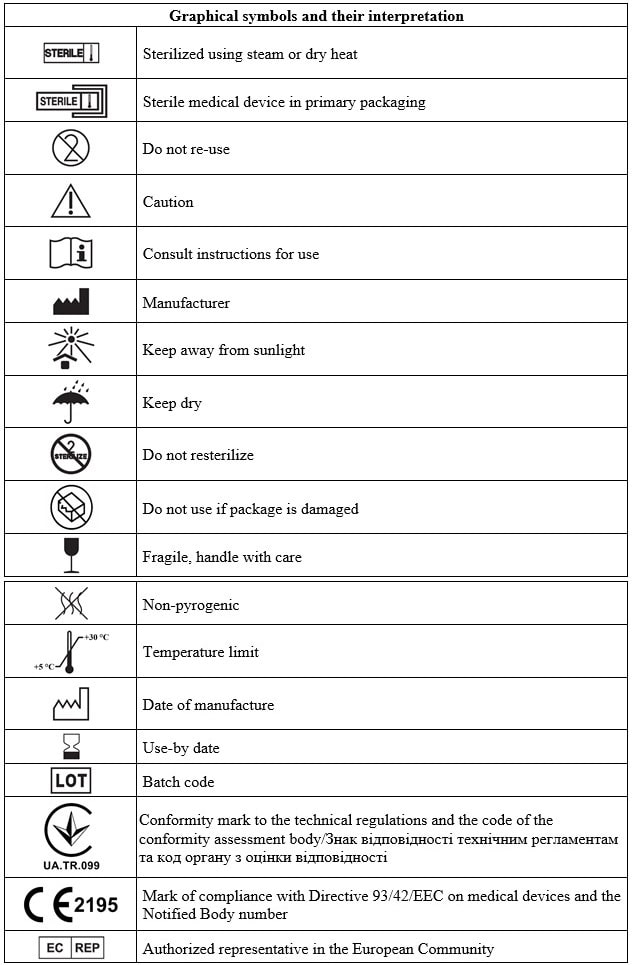
Date of last revision of instructions for use: 07.03.2023.
Version: 07.
Articles
- Prevention and treatment of posttraumatic osteoarthritis of patients with intra-articular osteochondral fractures
- Diart in the pathogenetic treatment of osteoarthritis
- Study of efficacy and safety of Diart® in the treatment of patients with knee osteoarthritis of the II-III grade
- HYALUAL ARTRO became known as DIART
- The experience of the use of the of Diart® in the surgical treatment of the chondral and osteochondral fractures of the knee

